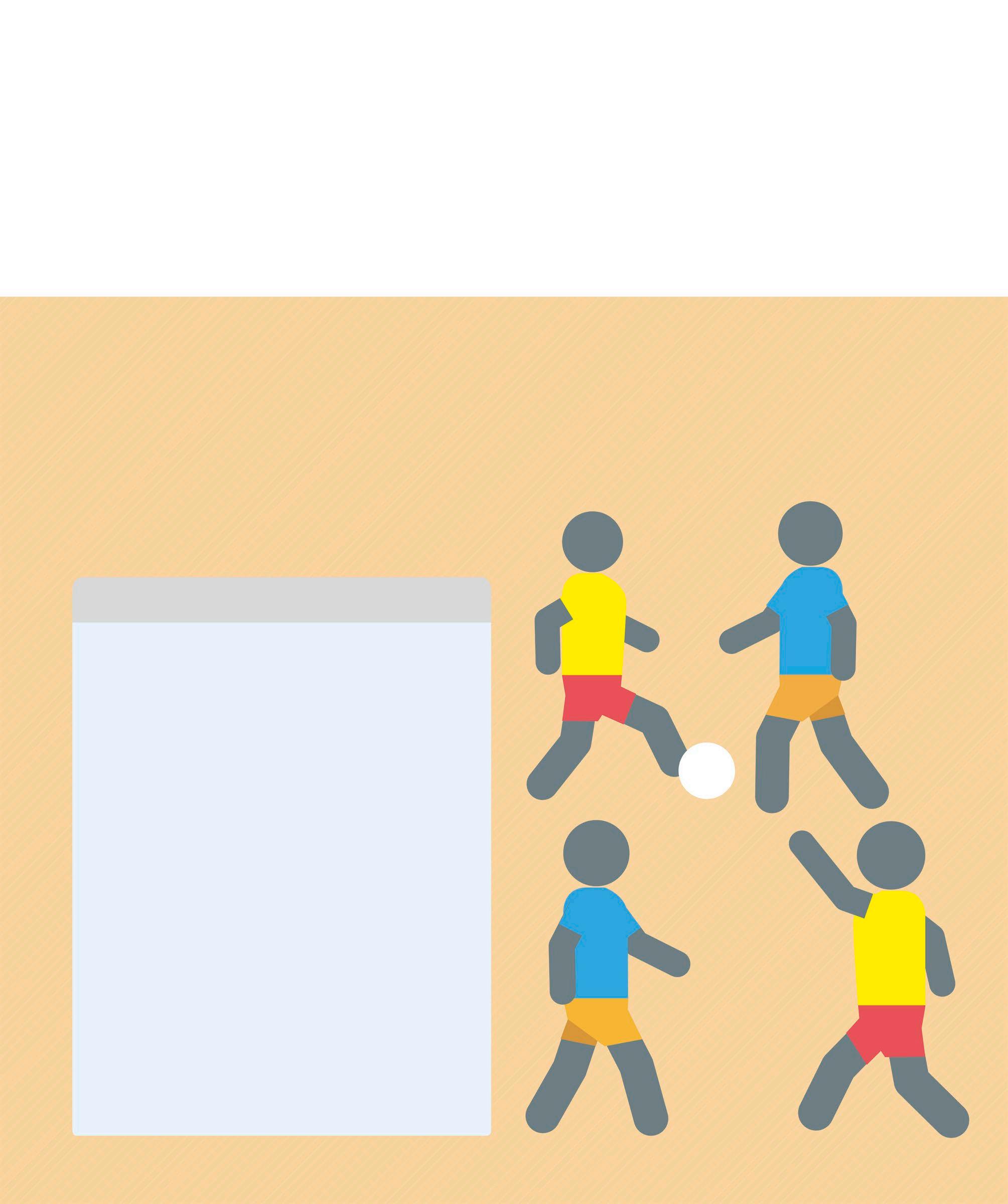How the Web works The World Wide Web is a set of technologies that work together to allow information to be shared between computers via the Internet. The Web is characterized by its combination of text, images, video, and audio to deliver an interactive multimedia experience. Connecting to a website The Web is based on a client/server model. A browser is a client that requests a web page from a server. The server then responds to the request by sending an HTML file. The content of each request is determined by the communication protocol being used. Hypertext Transfer Protocol (HTTP) is the most common protocol used over the Internet – a global network created from connections between billions of devices.
Request The web browser sends a request message to a router, which sends the message to the destination web server via the Internet. The web server will then send a response message back to the computer that requested the url.
2
INTERNET SERVICE PROVIDER (ISP)
User types in the url for a website
www.dk.com
ROUTER
Enter web page URL The process begins when a user enters a Uniform Resource Locator (URL) into the address bar of an Internet browser. This url contains the address of the requested web page and can be used to locate the web server that hosts the website.
1
Packets and IP routing All communication over the Web is done by dividing the request into smaller segments of data called packets. These packets are routed from the source to the destination, where they are reassembled into the original message. The networks that convey data in packets are called “packet switched networks”. Packets consist of two parts: information and data. Information defines where and how to send the data, while data is the content that the packet is trying to deliver.
The router and the ISP connect the user to the Internet
The file is divided into packets
Each packet travels independently, often along different paths
User selects the file to be sent














































